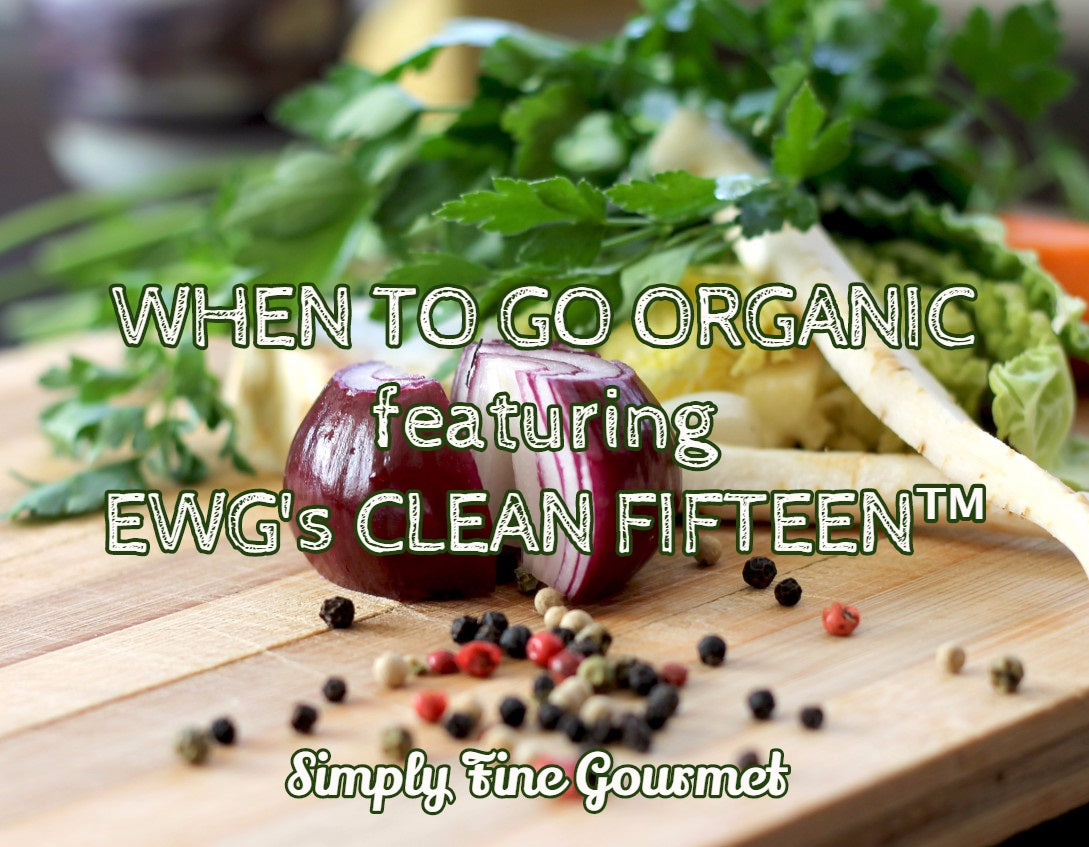This is part two of a 2 part series on the EWG’s 2015 Shopper’s Guide to Pesticides in Produce™.
- Dirty Dozen™ & Dirty Dozen PLUS™
- Clean Fifteen
The option to eat organic produce may not always be there, so we want to help you make smart choices in the produce aisle. On the other end of the spectrum opposite the Dirty Dozen™ is the EWG’s Clean Fifteen™. These are foods where relatively few pesticides were detected and tests found low total concentrations of pesticides on them.
EWG’s Clean Fifteen™:
- Avocados
- Sweet corn
- Pineapples
- Cabbage
- Frozen Sweet Peas
- Onions
- Asparagus
- Mangoes
- Papayas
- Kiwis
- Eggplant
- Grapefruit
- Cantaloupe
- Cauliflower
- Sweet Potatoes
Key findings include:
- Only 1 percent of avocado samples showed any detectable pesticides.
- 89 percent of pineapples, 82 percent of kiwi, 80 percent of papayas, 88 percent of mango and 61 percent of cantaloupe had no residues.
- No single fruit sample from the Clean Fifteen tested positive for more than 4 types of pesticides.
- Multiple pesticide residues are extremely rare on Clean Fifteen™ vegetables with only 5.5 percent of the samples having two or more pesticides.
Eating fruits and vegetables has its perks, including adding fiber to your diet, providing your body with necessary vitamins and minerals, and even reducing the risk of many diseases. And though the best option is to buy organic produce, if the produce options are limited, rather than not exposing yourself to pesticides in fruits and vegetables, the next best thing is to know the EWG’s Shopper’s Guide to Pesticides in Produce™.
Knowing which foods to avoid (Dirty Dozen™) and which are the cleanest to eat (Clean Fifteen™) empowers you as a consumer to make the healthiest choices to limit, and maybe even avoid, eating fewer pesticides.
To read more about EWG’s findings and for more information on the Clean Fifteen™, visit www.ewg.org.

